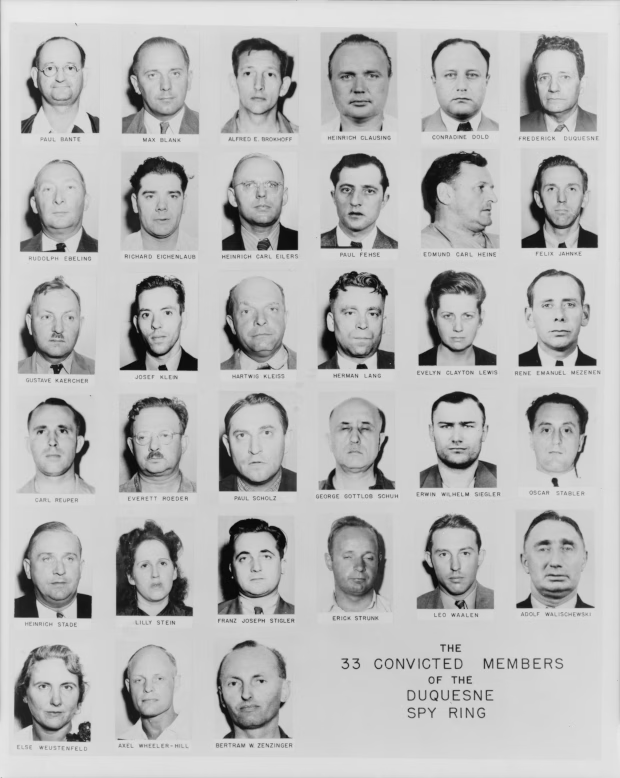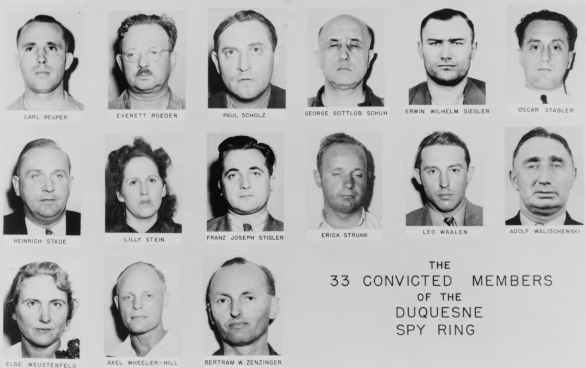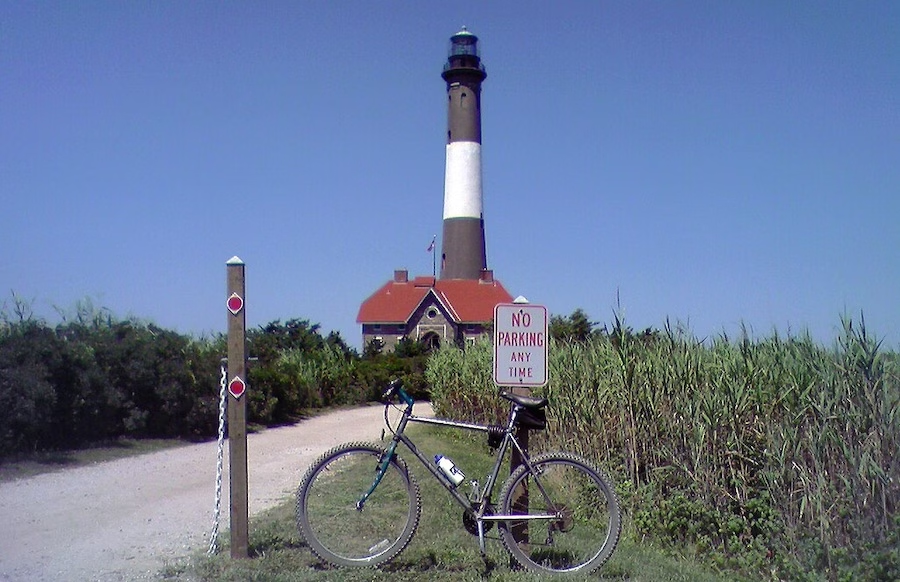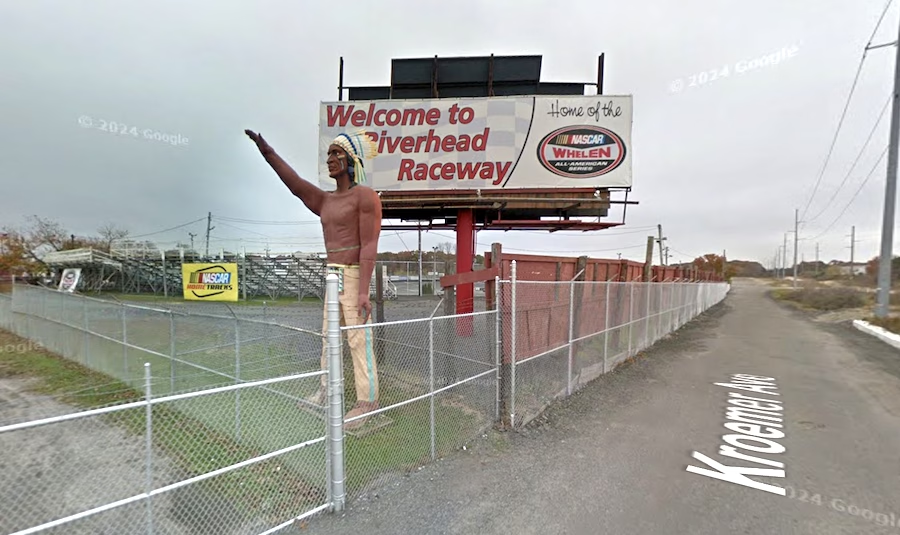During World War II, the shadowy world of espionage wasn’t confined to Europe or the Pacific—it reached American shores, including Long Island. A Nazi spy network operated right under our noses, using secret communications, double agents, and covert tactics to gather intelligence. The FBI’s dramatic takedown of this network became one of its most significant successes. Here are ten intriguing facts about Long Island’s role in dismantling the Nazi spy ring.
- The Duquesne Spy Ring
At the heart of this espionage saga was the Duquesne Spy Ring, a Nazi network led by Fritz Joubert Duquesne. Comprising over 30 operatives, it was the largest espionage ring ever uncovered in U.S. history. Long Island served as a crucial base for their operations, with spies transmitting messages via shortwave radio to Germany. Some members even had ties to the pro-Nazi German American Bund, headquartered in Yaphank. - Undercover Infiltration Tactics
Nazi agents on Long Island adopted false identities and blended seamlessly into local communities. By posing as ordinary citizens or business owners, they gathered valuable intelligence while avoiding suspicion. - The FBI’s Secret Radio Station
In May 1940, FBI engineers constructed a clandestine shortwave radio station on Long Island. For 16 months, this station allowed FBI agents to intercept over 200 messages from German spies and send 300 convincing fake transmissions to Nazi handlers. It was a brilliant counterintelligence coup. - Covert Operations Disguised as Business
The spy ring used front companies and ordinary transactions as cover for their activities. By masking espionage as legitimate business, they avoided detection while passing critical intelligence to the Nazis. - Double Agent William Sebold
William Sebold was coerced into working for Nazi intelligence during a visit to Germany but secretly became a double agent for the FBI. Using his fake “Diesel Research” company as a front, he helped expose the spy network. Sebold disclosed receiving $22,000 from the Nazis to fund the operation and played a pivotal role in dismantling the ring. - Sympathizers on Long Island
The network found allies among members of the German American Bund in Yaphank and similar groups. Originally promoting German heritage, these organizations devolved into hotbeds of Nazi sympathies and anti-Semitic rhetoric. - Everett Roeder’s Arrest in Merrick
Everett Roeder, a Nazi spy from Merrick, worked at the Sperry Gyroscope Company in Garden City, accessing sensitive military technology. FBI agents raided his home in 1941, finding 100,000 rounds of ammunition in his basement. His arrest was a major blow to the network. - The Femme Fatale, Lilly Stein
Lilly Stein, an Austrian spy, used her charm to extract intelligence from unsuspecting sources. Her New York address served as a hub for mailing sensitive information to Germany. Stein’s espionage career ended with a 10-year prison sentence. - The Benson House in Wading River
The FBI repurposed the Benson House as a secret radio station to feed disinformation to the Nazis. From 1942 to 1945, the FBI used this facility to mislead German and Japanese forces with a mix of accurate and false intelligence. Ingenious tactics, like using a car engine to power equipment, kept operations under wraps. - A Comedic Failure of Espionage
Despite their efforts, Nazi intelligence in the U.S. was often disorganized and ineffective. Many operatives were amateurs, far from the elite spies of fiction. Nazi efforts on Long Island resembled a farce more than a serious threat, making their eventual downfall almost inevitable.

Photo: FBI, Public domain, via Wikimedia Commons.




